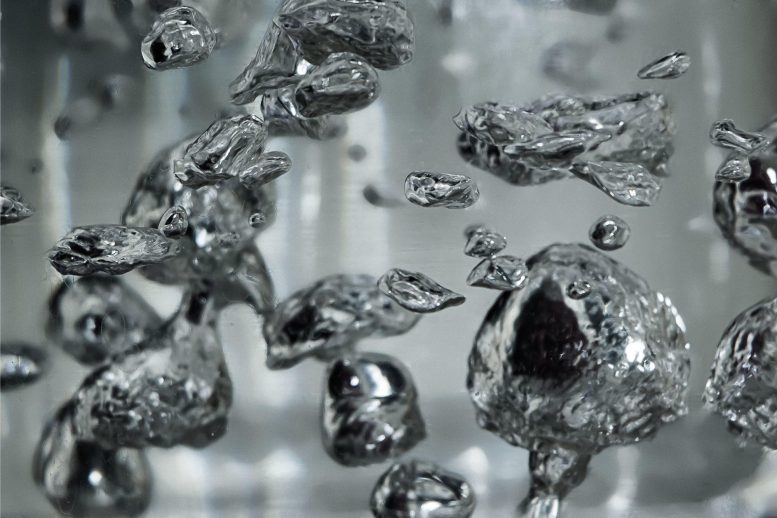
Researchers have discovered that human activity has caused a sevenfold increase in atmospheric mercury since 1500 C.E. Using sulfur dioxide as a proxy for volcanic emissions, they established that human sources, such as coal burning and industrial activities, are the main contributors to the current high levels of mercury in the atmosphere.
Research establishes a natural baseline for mercury in the atmosphere by estimating emissions from volcanic eruptions.
New research from the Harvard John A. Paulson School of Engineering and Applied Sciences (SEAS) reveals that since around 1500 C.E., the start of the modern era, humans have increased the concentration of potentially toxic mercury in the atmosphere sevenfold.
New Methodology for Estimating Mercury Emissions
The research team, led by Elsie M. Sunderland, the Fred Kavli Professor of Environmental Chemistry and Professor of Earth and Planetary Sciences, developed a new method to accurately estimate how much mercury is emitted annually from volcanos, the largest single natural emitter of mercury. The team used that estimate — along with a computer model — to reconstruct pre-anthropogenic atmospheric mercury levels.
Assessment of Pre-Industrial Mercury Levels
The researchers estimated that before humans started pumping mercury into the atmosphere, it contained on average about 580 megagrams of mercury. However, in 2015, independent research that looked at all available atmospheric measurements estimated the atmospheric mercury reservoir was about 4,000 Mg — nearly 7 times larger than the natural condition estimated in this study.
Human emissions of mercury from coal-fired power plants, waste incineration, industry, and mining make up the difference.
Understanding the Mercury Cycle
“Methylmercury is a potent neurotoxicant that bioaccumulates in fish and other organisms — including us,” said Sunderland, senior author of the paper. “Understanding the natural mercury cycle driven by volcanic emissions sets a baseline goal for policies aimed at reducing mercury emissions and allows us to understand the full impact of human activities on the environment.”
The research is published in Geophysical Research Letters.
Challenges in Mercury Detection
The challenge with measuring mercury in the atmosphere is that there’s not very much of it, despite its outsized impact on human health. In a cubic meter of air, there may be only a nanogram of mercury, making it virtually impossible to detect via satellite.
Instead, the researchers needed to use another chemical emitted in tandem with mercury as a proxy. In this case, the team used sulfur dioxide, a major component of volcanic emissions.
Using Sulfur Dioxide as a Proxy
“The nice thing about sulfur dioxide is that it’s really easy to see using satellites,” said Benjamin Geyman, a PhD student in Environmental Science & Engineering at SEAS and first author of the paper. “Using sulfur dioxide as a proxy for mercury allows us to understand where and when volcanic mercury emissions are occurring.”
Using a compilation of mercury to sulfur dioxide ratios measured in volcanic gas plumes, the researchers reverse-engineered how much mercury could be attributed to volcanic eruptions. Then, using the GEOS-Chem atmospheric model, they modeled how mercury from volcanic eruptions moved across the globe.
Impact of Volcanic Emissions
The team found that while mercury mixes into the atmosphere and can travel long distances from its injection site, volcanic emissions are directly responsible for only a few percent of ground-level concentrations in most areas on the planet. However, there are areas— such as in South America, the Mediterranean, and the Ring of Fire in the Pacific — where levels of volcanic emissions of mercury make it harder to track human emissions.
“In Boston, we can do our local monitoring and we don’t have to think about whether it was a big volcano year or a small volcano year,” said Geyman. “But in a place like Hawaii, you’ve got a big source of natural mercury that is highly variable over time. This map helps us understand where volcanos are important and where they aren’t, which is really useful for understanding the impact of humans on long-term mercury trends in fish, in the air, and in the ocean. It’s important to be able to correct for natural variability in the volcanic influence in places where we think that influence may not be negligible.”
Reference: “Impacts of Volcanic Emissions on the Global Biogeochemical Mercury Cycle: Insights From Satellite Observations and Chemical Transport Modeling” by Benjamin M. Geyman, Colin P. Thackray, Daniel J. Jacob and Elsie M. Sunderland, 1 November 2023, Geophysical Research Letters.
DOI: 10.1029/2023GL104667
The research was co-authored by Colin Thackray and, Daniel J. Jacob, the Vasco McCoy Family Professor of Atmospheric Chemistry and Environmental Engineering.
The study was funded by the National Science Foundation.

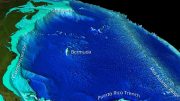

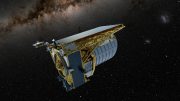
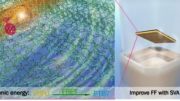


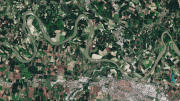

I question whether SO2 is fit for purpose as a proxy for Hg. Both vary with the type of magma, and the type of magma varies temporally for the same volcano. We know little about submarine volcanoes, particularly in the Pacific Ring of Fire. They mention that they use absorption of UV by SO2 to estimate its concentration. However, Hg vapor also absorbs UV. They don’t mention the wavelength(s) used. There is a possibility of inflating the SO2 estimate if they don’t deconvolve the Hg contribution to the UV absorption.
Geologists generally acknowledge that we live in a unique time with relatively little vulcanism compared to past epochs on Earth. To wit, it seems that the End Permian was driven by massive amounts of lava not only being released on the surface, but was accompanied by magma also intruding as sills into coal beds, which would have released coal tars and mercury vapor. Therefore, one needs to specify exactly what time before anthropogenic releases is the baseline for the claimed 7X increase. Mercury vapor concentrations probably varied considerably over time, depending on the volcanic activity.
Surprisingly, there is no mention of the huge amounts of mercury consumed during the major historical gold rushes in California, the Klondike, and Australia. Nor is there mention of the mercury released into the atmosphere from artisanal gold miners throughout the world today.